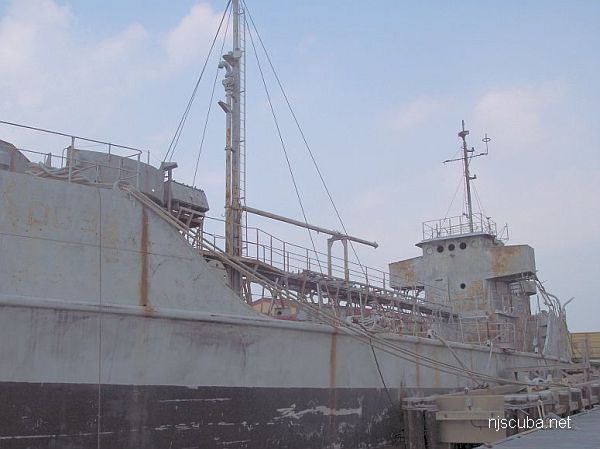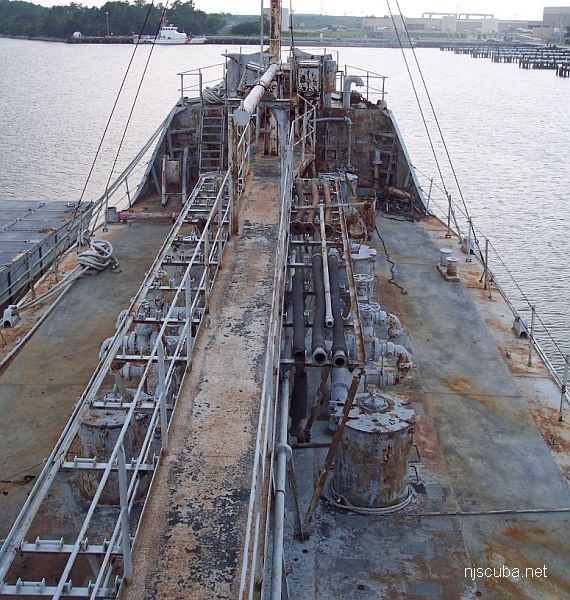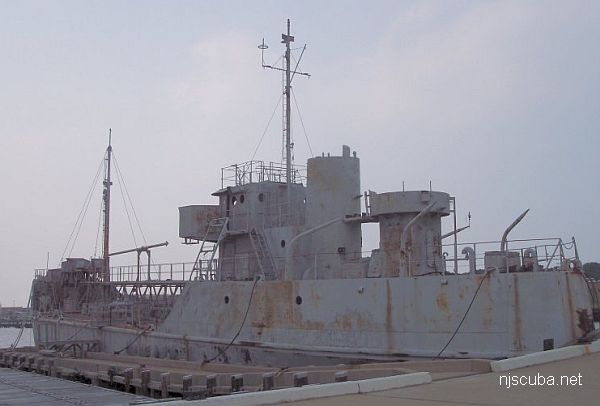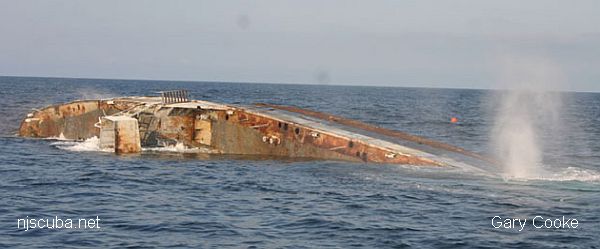YOG-93

- Type:
- artificial reef, tanker, US Navy
- Built:
- 1945, RTC Shipbuilding, Camden NJ USA
- Specs:
- ( 174 x 33 ft ) 1390 tons
- Sunk:
- Monday June 25, 2007 - Delaware #11 Artificial Reef
- GPS:
- 38°40.590' -74°43.957'

The Navy tanker YOG-93 was built by RTC Shipbuilding of Camden, NJ in 1945 as a coastal gasoline tanker (YOG = "Yard Oiler Gasoline") for use in the planned invasion of Japan. The single-screw diesel tanker was most recently used by Navy Seals in tactics training and boarding party training. It was reclassified as IX-523 - "Unclassified Miscellaneous Unit". My guess is the engine finally broke down, and it became a barge.




Questions or Inquiries?
Just want to say Hello? Sign the .